The Mercedes-Benz S-Class Plug-in Hybrid offers a seamless blend of electric efficiency and V8 power, redefining luxury with its impressive range, advanced technology, and commitment to sustainability. Experience unparalleled comfort and performance without compromise with this proven electric-capable flagship sedan.
Driving a Mercedes-Benz S-Class is an experience like no other. It’s a statement of prestige, comfort, and cutting-edge automotive innovation. For years, the S-Class has set the benchmark for luxury sedans. Now, with the plug-in hybrid (PHEV) variant, Mercedes-Benz is proving that this pinnacle of automotive engineering can also be remarkably efficient and environmentally conscious.
Many drivers are curious about how a powerful luxury car can also be a plug-in hybrid. You might wonder about its electric range, charging, and whether a hybrid powertrain compromises that signature S-Class driving feel. It’s a common question, and the good news is that Mercedes-Benz has engineered its PHEV models to deliver the best of both worlds. This guide will walk you through what makes the S-Class plug-in hybrid a “proven luxury,” covering its key features, benefits, and what you can expect as an owner.
What is a Mercedes-Benz S-Class Plug-in Hybrid?
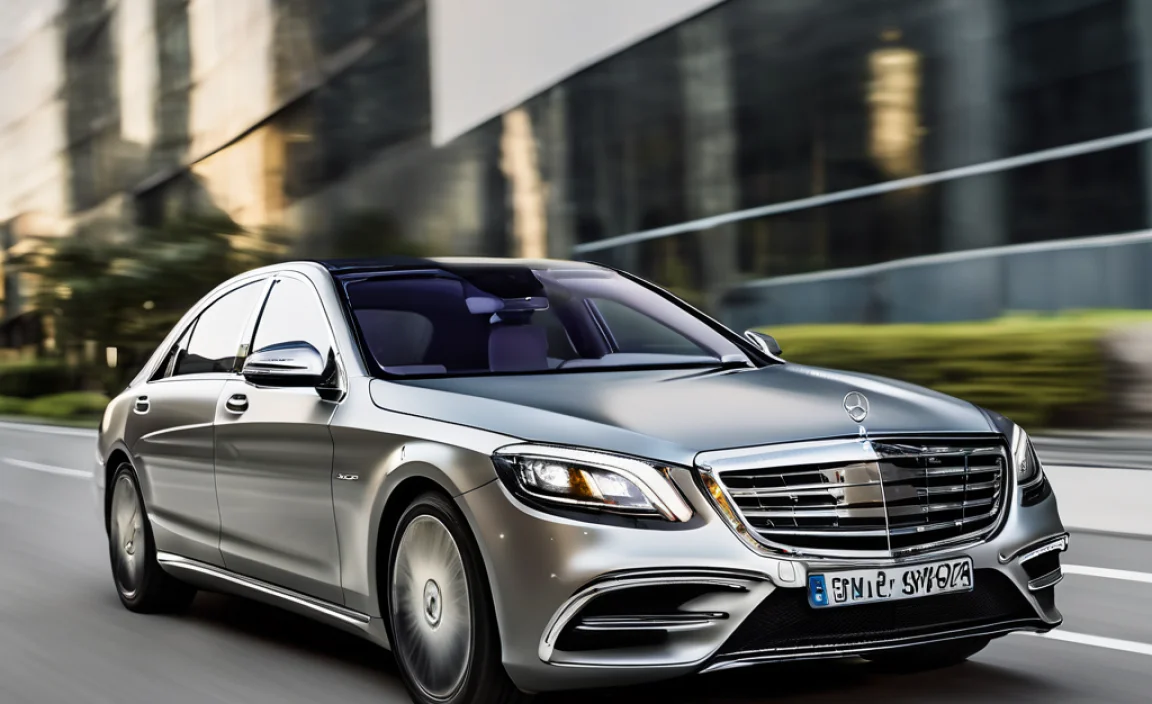
At its core, a plug-in hybrid electric vehicle (PHEV) combines a traditional internal combustion engine (ICE) with an electric motor and a battery pack that can be recharged by plugging into an external power source. The Mercedes-Benz S-Class plug-in hybrid, such as the S 580 e, leverages this technology to offer a sophisticated driving experience.
This means you can drive on pure electric power for shorter trips, enjoying silent, emission-free motoring. For longer journeys, the gasoline engine seamlessly kicks in, providing the power and range you’d expect from an S-Class, with the electric motor often assisting to boost performance or improve efficiency.
The “Proven Luxury” Element: Key Features and Benefits
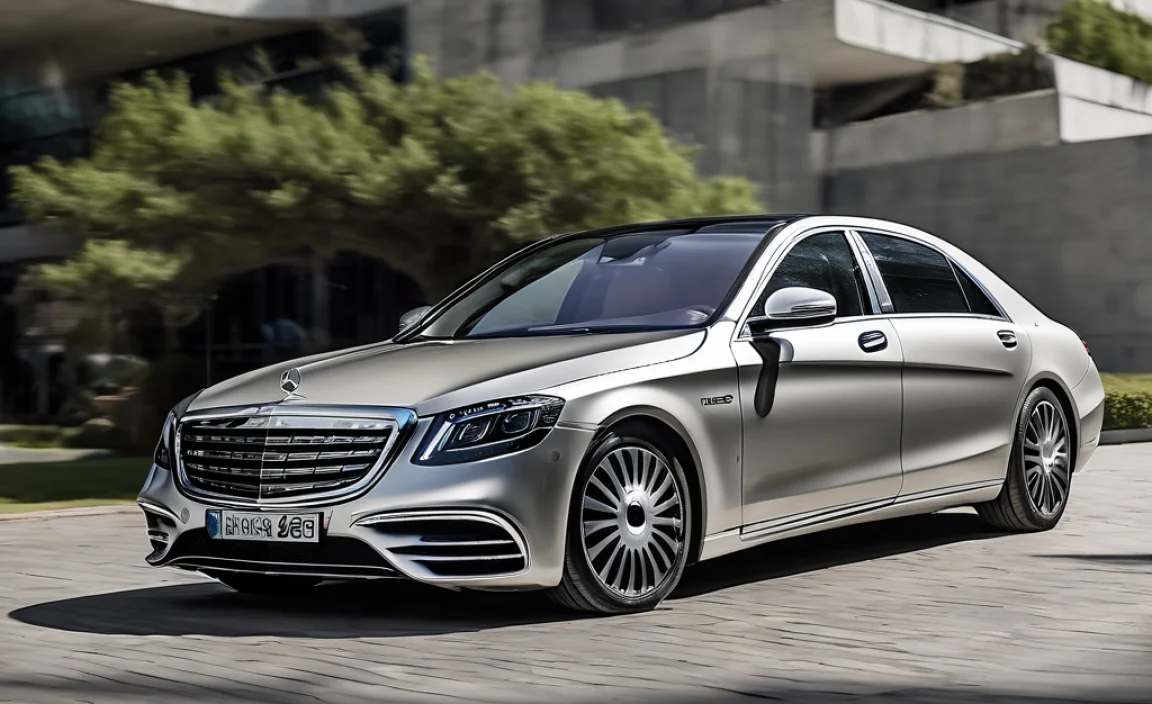
Mercedes-Benz doesn’t just add a battery and call it a day. The S-Class plug-in hybrid is a testament to their commitment to marrying innovation with uncompromising luxury and performance. Here’s what makes it stand out as a proven luxury vehicle:
1. Seamless Hybrid Powertrain Integration
The magic of an S-Class PHEV lies in how the electric and gasoline components work together. The system is incredibly intelligent, automatically deciding the most efficient way to power your drive based on conditions, battery charge, and your driving mode selection.
- Electric-Only Driving: For daily commutes or city driving, you can often rely solely on electric power. This provides a quiet, smooth, and emissions-free experience.
- Hybrid Synergy: On longer drives, the gasoline engine and electric motor work in harmony. The electric motor can provide an instant torque boost for faster acceleration or help the combustion engine maintain an optimal operating state for better fuel economy.
- Recharge on the Go: While plugged-in charging is the primary way to replenish the battery, the system also recaptures energy through regenerative braking.
2. Impressive Electric Range
One of the most significant advancements in modern PHEVs is their electric-only range. The Mercedes-Benz S-Class plug-in hybrid boasts a substantial battery capacity that allows for significant mileage on electricity alone. This is crucial for making electric driving practical for a wider variety of everyday journeys.
For instance, the S 580 e model typically offers an electric range that can comfortably cover the average daily commute for many drivers. This means you can go to work, run errands, and return home without using a drop of gasoline, significantly reducing running costs and environmental impact.
According to fueleconomy.gov, official EPA estimates for comparable models often highlight a combined MPG-equivalent and a dedicated electric-only range, providing transparency on its dual capabilities.
3. Unparalleled S-Class Comfort and Refinement
Being a plug-in hybrid doesn’t mean compromising on the core S-Class experience. You still get the legendary ride comfort, exquisite interior materials, and advanced technology that the S-Class is famous for.
- Serene Cabin: The inherent quietness of electric operation enhances the already exceptional sound deadening, making the cabin an oasis of tranquility.
- Premium Materials: Expect handcrafted leather, real wood veneers, and meticulous attention to detail throughout the interior.
- Advanced Infotainment: The MBUX (Mercedes-Benz User Experience) system provides intuitive control over navigation, climate, media, and vehicle settings, including specific PHEV functions like charge scheduling and power flow visualization.
4. Advanced Technology and Safety
The S-Class is a showcase for Mercedes-Benz’s latest innovations, and the plug-in hybrid variants are no exception. They come equipped with an array of driver assistance systems and cutting-edge technology designed to enhance safety, convenience, and the overall driving experience.
- Driving Assistance Systems: Features like Active Distance Assist DISTRONIC, Active Steering Assist, and others help reduce driver fatigue and enhance safety on the road.
- PRE-SAFE® Systems: These intelligent safety systems can detect potential collisions and take preventative measures to protect occupants.
- Digital Light: This advanced headlight technology offers improved visibility and can project warnings or guidance symbols onto the road.
5. Sustainability Without Sacrificing Performance
The plug-in hybrid S-Class represents a significant step towards more sustainable luxury mobility. By enabling emission-free driving for a substantial portion of travel, it reduces your carbon footprint. Yet, when you need it, the powerful hybrid system delivers exhilarating performance.
The combined output from the electric motor and the gasoline engine ensures that acceleration and passing power remain strong, characteristic of the S-Class’s dynamic capabilities. This duality makes it a guilt-free indulgence for those who care about performance and the environment.
Understanding Charging an S-Class Plug-in Hybrid
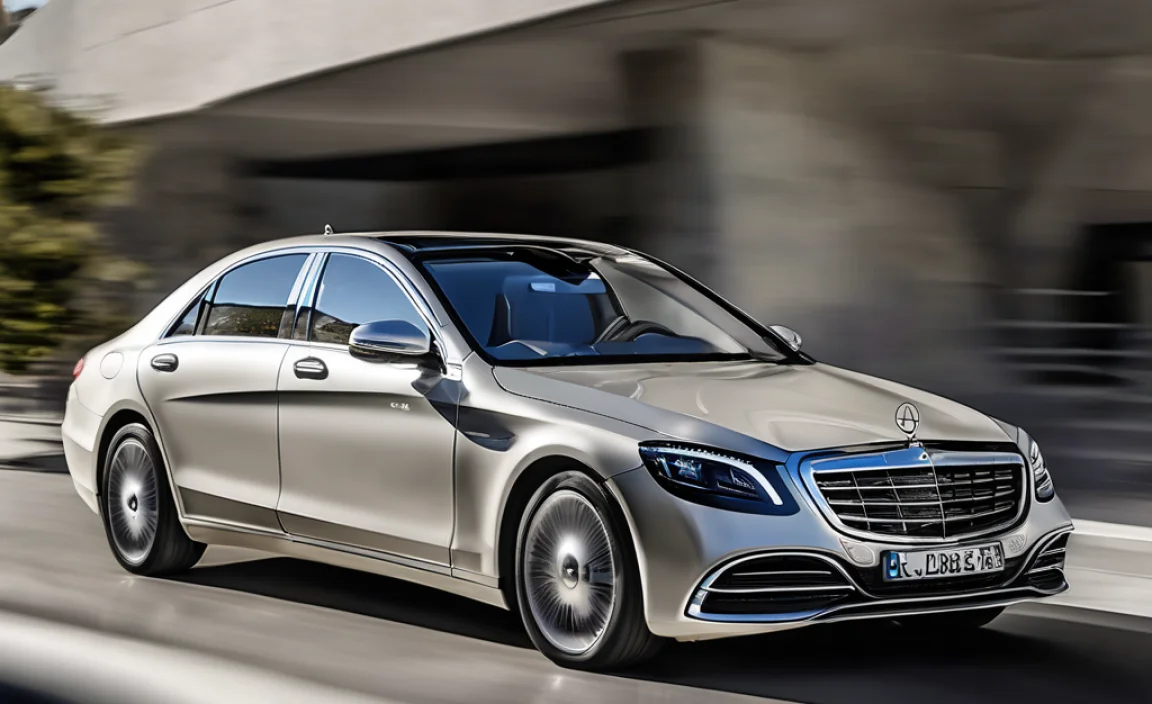
Charging your S-Class PHEV is straightforward and can be done in several ways, depending on your needs and the available infrastructure.
AC Charging (Home and Public)
This is the most common method for overnight charging at home or while parked at public charging stations. Connecting to a dedicated Level 2 charger will significantly reduce charging times compared to a standard household outlet.
Recommended Charging Equipment
For home charging, Mercedes-Benz often recommends or offers a branded Wallbox. These provide a faster and safer charging experience. You can learn more about home charging solutions and installation from reputable installers like Electrify America or look for local certified electricians who handle EV charger installations.
Charging times with AC power vary based on the charger’s output and the vehicle’s onboard charger capacity. A Level 2 charger (typically 7-11 kW) can usually replenish the S-Class PHEV’s battery from empty to full in a matter of hours, often overnight.
DC Fast Charging (Public Stations)
Some S-Class PHEV models also support DC fast charging, which is significantly quicker than AC charging. This is ideal for topping up on longer trips. DC fast chargers can add substantial range in a much shorter time, often making a long journey less interrupted.
What to Expect with Charging:
- Home Setup: Installing a Level 2 charger at home is highly recommended for convenience and efficiency.
- Public Networks: Utilize charging networks for longer trips or if home charging isn’t feasible. Apps like PlugShare or ChargePoint can help locate stations near you.
- Charging Port: The charging port is typically located on the rear of the vehicle, often integrated discreetly.
Driving Modes and Energy Management
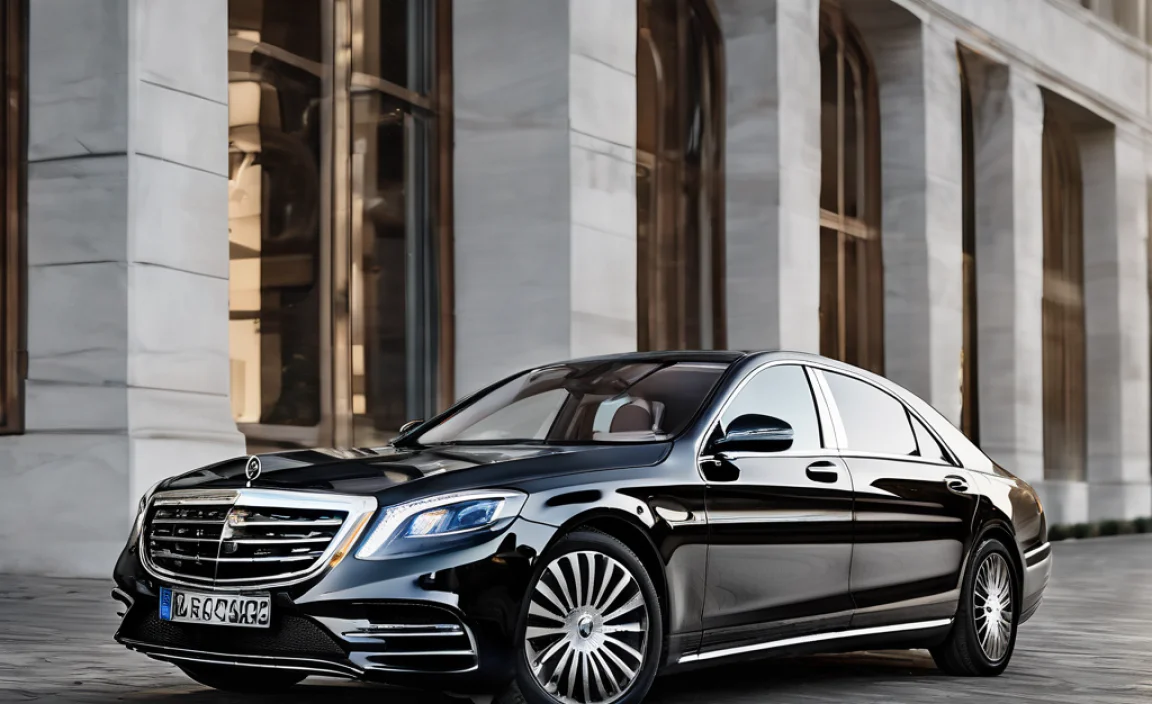
The S-Class PHEV offers various driving modes to optimize your experience, whether you prioritize electric driving, maximum performance, or fuel efficiency.
Common Driving Modes:
- Electric Mode: The vehicle runs exclusively on electric power as long as the battery charge is sufficient and the speed is within the electric-only limit.
- Hybrid Mode: This is the default or “intelligent” mode. The car’s computer intelligently manages power from both the electric motor and the combustion engine for optimal efficiency or performance as needed.
- Comfort Mode: Focuses on a smooth, luxurious ride with a balanced use of electric and gasoline power.
- Sport Mode: Prioritizes performance, utilizing both power sources more aggressively for quicker acceleration.
- Battery Hold: This mode aims to maintain the current battery charge level, ensuring you have electric power available for later use (e.g., entering a zero-emission zone).
- Battery Charge: Uses the gasoline engine to charge the battery while driving. This is useful if you anticipate needing a significant amount of electric power later but are currently driving longer distances.
To access these modes, you typically use a button on the center console or through the MBUX infotainment system. Learning to use these modes effectively can significantly enhance your efficiency and driving satisfaction.
Maintenance for Your S-Class Plug-in Hybrid
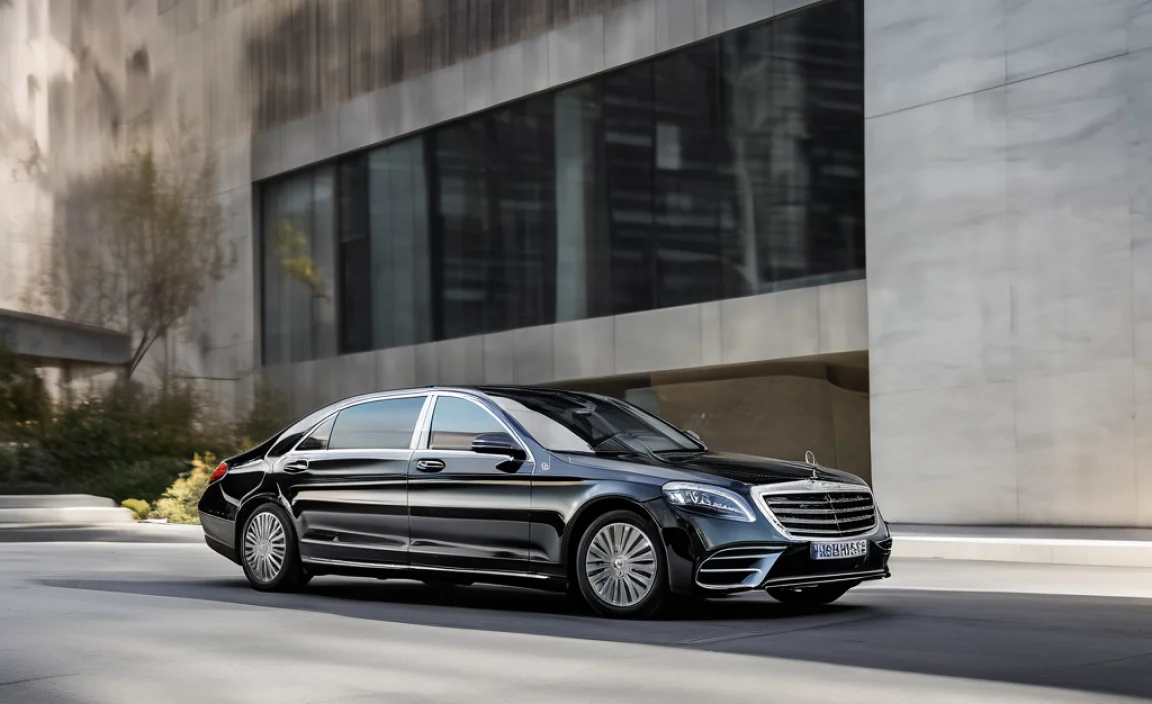
While a plug-in hybrid powertrain has fewer moving parts than a traditional gasoline-only vehicle, regular maintenance is still essential to ensure longevity, reliability, and optimal performance. The good news is that many of the S-Class’s inherent maintenance advantages also apply here.
Key Maintenance Areas:
- Electric Powertrain: The electric motor and battery generally require very little maintenance. The battery is sealed and designed for the life of the vehicle. Regular checks for any diagnostic trouble codes are crucial.
- Combustion Engine: The gasoline engine will require standard maintenance: oil changes, filter replacements, and spark plug services as per the manufacturer’s schedule. The frequency might be reduced if you do a lot of electric-only driving.
- Brakes: Regenerative braking means the conventional friction brakes on your S-Class PHEV will likely wear much slower than on a non-hybrid vehicle. However, they still need regular inspection for a wide range of factors, including brake fluid condition and caliper function.
- Coolant System: Both the electric components and the combustion engine have cooling systems that require periodic checks and flushes.
- Tires: Due to the instant torque of electric motors and the potential weight of the battery, tire wear can sometimes be accelerated. Regular rotation and checking tire pressure are important.
- Software Updates: Like all modern vehicles, the S-Class PHEV relies heavily on software. Ensure your vehicle receives the latest updates from Mercedes-Benz to optimize performance, efficiency, and safety features.
Always refer to your owner’s manual for the specific maintenance schedule recommended by Mercedes-Benz for your model year. For complex hybrid-specific inspections, it’s best to consult a qualified Mercedes-Benz technician.
Troubleshooting Common Issues (Beginner-Friendly)
While the S-Class is known for its reliability, as with any advanced vehicle, you might encounter minor issues. Here are a few common points and beginner-friendly approaches:
1. Reduced Electric Range
Symptom: The car not achieving the expected electric-only miles.
Possible Causes & Solutions:
- Cold Weather: Battery performance is reduced in very cold temperatures. Keep the car plugged in as much as possible, and use the pre-conditioning feature (heating or cooling the cabin while plugged in) to avoid draining the battery on startup.
- Aggressive Driving: Hard acceleration and high speeds consume more energy. Driving more smoothly can help.
- Using Climate Control: Heating and air conditioning use energy. Optimize settings and consider seat heaters/coolers as they are more efficient for personal comfort.
- Battery Health: If the issue persists across all conditions, consult a dealer to check the battery’s health.
2. Charging Inconsistencies
Symptom: The car not charging, charging slowly, or stopping before completion.
Possible Causes & Solutions:
- Cable Connection: Ensure the charging cable is securely plugged into both the car and the power source. Wiggle slightly to ensure a good connection.
- Power Source Issue: Check if the outlet or charging station is functioning correctly. Try a different outlet or station if possible.
- Faulty Cable/Charger: If using a home charger, inspect the cable for damage. Older or damaged charging equipment can cause issues.
- Vehicle Charge Settings: Double-check the charging schedule settings in your MBUX system to ensure charging is allowed at the current time.
- Public Charger Error: Public chargers can sometimes have temporary faults. Try another charger from the operator or a different network if available.
3. Minor Electrical Glitches
Symptom: Infotainment system freezing, dashboard warnings appearing briefly.
Possible Causes & Solutions:
- Software Reboot: For infotainment glitches, a common first step is to restart the system. This can often be done by pressing and holding the power button for a set duration (check your manual).
- “Hard Reboot”: For more persistent electrical issues, disconnecting the 12V battery for a few minutes can sometimes reset various modules. This is a more involved process and should be done carefully, ensuring you know how to safely disconnect and reconnect it, and that you have your radio codes if necessary. Consult your manual or a professional if unsure.
- Check Fuses: While less common in modern, integrated systems, a blown fuse could be a culprit. Consult your owner’s manual for fuse box locations and diagrams.
Important Note: For any issue that involves potential safety systems, powertrain malfunction, or persistent warning lights, it is always best to consult a certified Mercedes-Benz technician or your local dealer. Trying to diagnose complex hybrid or electrical issues without proper knowledge and tools can be unsafe.
Mercedes-Benz S-Class Plug-in Hybrid vs. Competitors
The S-Class plug-in hybrid sits at the apex of the luxury sedan market, competing with other premium PHEVs. Here’s a brief look at how it stacks up:
| Feature/Model | Mercedes-Benz S 580 e | Competitor A (e.g., BMW 7 Series PHEV) | Competitor B (e.g., Audi A8 TFSI e) |
|---|---|---|---|
| Electric Range | Excellent, often class-leading | Competitive, varies by model year | Strong, competitive |
| Powertrain Power | Strong combined output for exhilarating performance | Powerful, often V8-based | Refined, powerful |
| Interior Luxury & Tech | Benchmark for comfort, materials, and MBUX system | High-quality, advanced tech | Sophisticated, high-tech cabin |
| Ride Comfort | Legendary, prioritizing serene travel | Sportier, yet still comfortable | Balanced, luxurious |
| Charging Capability | Supports AC and often DC fast charging | Good support for AC charging | Supports AC charging |
While competitors offer compelling packages, the S 580 e consistently stands out for its exceptional balance of electric range, luxurious comfort, advanced technology, and the sheer prestige of the S-Class nameplate. Its engineering focuses on delivering a seamless transition between power sources and maintaining an utterly refined driving experience.
Frequently Asked Questions (FAQ)
Q1: How far can a Mercedes-Benz S-Class plug-in hybrid drive on electric power alone?
A1: The electric-only range varies by model year and specific trim, but the S-Class plug-in hybrid typically offers a substantial range, often well over 50 miles on a full charge, making it practical for most daily commutes.
Q2: Is it expensive to charge an S-Class plug-in hybrid?
A2: Charging at home using electricity is generally much cheaper than fueling with gasoline. The cost depends on your local electricity rates. Public charging costs can vary significantly depending on the charging network and speed.
Q3: Do plug-in hybrids require more maintenance than regular cars?
A3: PHEVs combine two powertrains, but the electric components require very little maintenance. The gasoline engine component will still need its standard services, but potentially less frequently if most of your miles are driven electrically. Overall, maintenance can be comparable, with fewer wear-and-tear items on the hybrid system itself.
Q4: What happens to the battery life in a plug-in hybrid S-Class?
A4: Mercedes-Benz designs its high-voltage batteries for longevity and durability. They are typically warrantied for several years or a significant number of miles. Battery capacity may slightly decrease over many years, but it’s engineered to remain functional and efficient throughout the vehicle’s expected lifespan.
Q5: Can I still get the S-Class performance with a plug-in hybrid?
A5: Absolutely. The S-Class plug-in hybrid combines the power of its electric motor with a potent gasoline engine, often delivering exhilarating acceleration and a dynamic driving experience that meets or exceeds traditional S-Class models.
Q6: Do I need special charging equipment at home?
A6: While you can charge using a standard wall outlet (Level 1), it will be very slow. For practical charging and to replenish the battery overnight, a Level 2 charger (often called a Wallbox) is highly recommended. This can be professionally installed in your garage.
The Future of Luxury Mobility
The Mercedes-Benz S-Class plug-in hybrid is more than just a car; it’s a glimpse into the future of luxury automotive transportation. It represents a conscientious choice for drivers who demand the very best in comfort, technology, and performance, but also want to embrace a more sustainable way of driving.
By offering a substantial electric-only range, seamless powertrain integration, and all the opulence and refinement expected of an S-Class, Mercedes-Benz has created a vehicle that truly proves luxury and efficiency can coexist and even enhance each other. Whether you’re navigating city streets silently on electric power or embarking on a long journey with the combined might of both power sources, the S-Class plug-in hybrid delivers an unparalleled driving experience.
Its intelligent design, advanced engineering, and unwavering commitment to excellence make it a proven leader in its class, setting a new standard for what a flagship luxury sedan can and should be in the modern era. Embracing the S-Class plug-in hybrid is not just about owning a prestigious vehicle; it’s about being part of a sophisticated, forward-thinking approach to mobility.